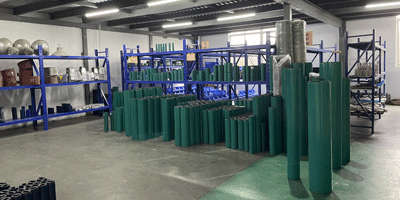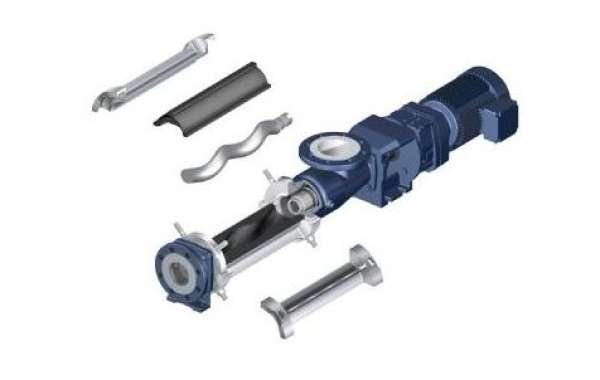Understanding Stator Core Production
The manufacturing of stator cores, a crucial component in electrical machinery, involves precision processes to ensure optimal performance and efficiency. Let's delve into the intricate methods and technologies employed to create these essential components.
Initial Design and Material Selection
Before the manufacturing process commences, meticulous design and material selection are paramount. Engineers meticulously craft the design of the stator core, considering factors like size, shape, and magnetic properties. The choice of materials, often laminated steel sheets to reduce eddy currents, is essential for enhancing the core's magnetic characteristics.
Core Stamping and Lamination
One of the initial steps in stator core manufacturing involves core stamping and lamination. This process includes cutting and stamping the laminated steel sheets to precise dimensions. The sheets are then stacked and insulated to minimize energy losses and enhance the core's efficiency.
Insulation and Stacking
Insulating coatings are applied to the laminated steel sheets to prevent electrical contact between layers and reduce eddy current losses. The insulated sheets are carefully stacked in a specific orientation to create the core's desired magnetic path and optimize its performance.

Winding and Final Assembly
Once the core is laminated, insulated, and stacked, the winding process commences. Copper or aluminum wires are wound around the stator core to create the necessary electromagnetic fields for electrical motors or generators. The stator core undergoes final assembly, where other components like end plates and terminals are added to complete the stator manufacturing.
Throughout the manufacturing process of stator cores, quality control measures are implemented at each stage to ensure the components meet strict industry standards. Electrical testing, dimensional inspections, and magnetic flux testing are conducted to verify the core's performance and reliability.
Stator cores play a vital role in the efficient functioning of electric motors and generators. The intricacy of their manufacturing process reflects the precision and expertise required to produce these essential components for various industries.








